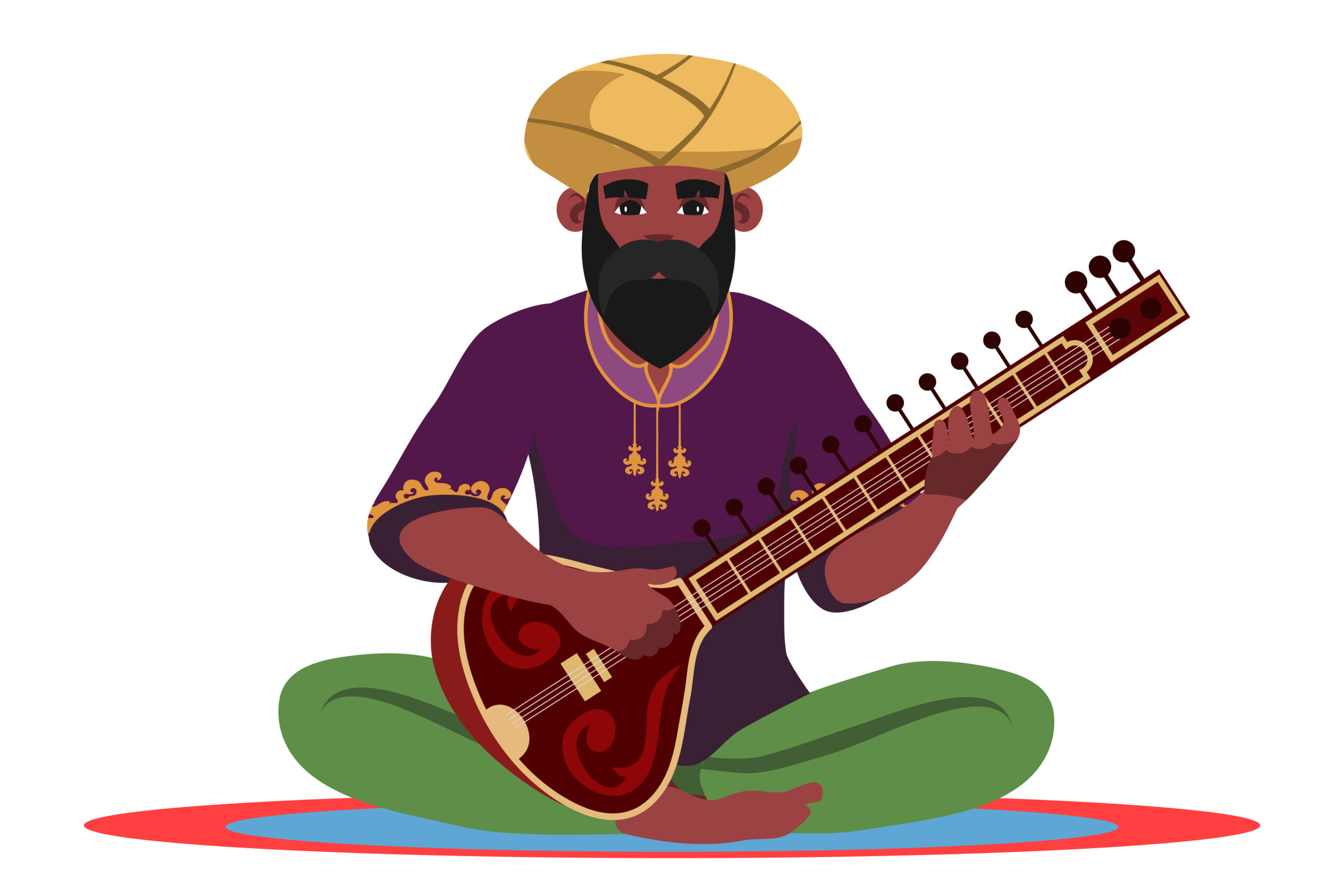Hitaar is more than just a term; it embodies a rich tapestry of cultural significance that has evolved over generations. Rooted in tradition, Hitaar represents the essence of heritage, community, and identity. As we navigate through the complexities of modern life, this vibrant expression continues to find its place in popular culture. From music and fashion to art and social media, Hitaar’s influence resonates across various platforms.
In today’s interconnected world, preserving these traditional roots while embracing contemporary trends is essential. Discover how Hitaar has transformed and adapted through time, becoming an integral part of our daily lives. Join us on this journey as we explore the profound impact of Hitaar on modern society!
The Evolution of Hitaar in Popular Culture
Hitaar has undergone a remarkable evolution over the years, transitioning from its traditional roots into a vibrant part of contemporary culture. Originally steeped in rich customs and heritage, Hitaar symbolized community and identity.
As cultural exchanges grew more widespread, Hitaar embraced new influences. This adaptation allowed it to resonate with younger generations while retaining its essence. Today, you can find elements of Hitaar infused in various art forms and creative expressions.
The rise of technology played a crucial role as well. Digital platforms have broadened its reach, making it accessible to audiences worldwide. The once-niche tradition is now celebrated across diverse mediums—from music videos to fashion shows.
This evolution reflects not just change but also resilience. Hitaar continues to adapt without losing the core values that make it unique and significant within popular culture today.
Hitaar in Music: Traditional Instruments vs Modern Adaptations
Hitaar has deep roots in traditional music, often characterized by its unique sounds and rhythms. Instruments like the dholak and harmonium bring life to folk tunes that tell stories of culture and heritage. These instruments have been passed down through generations, making them an integral part of community celebrations.
As times change, so does the musical landscape. Modern adaptations of Hitaar are surfacing in various genres, blending with pop and electronic influences. Artists are experimenting with synthesizers alongside traditional instruments to create fresh sounds that resonate with younger audiences.
Collaborations between classical musicians and contemporary artists highlight this evolution. New tracks incorporate samples from traditional melodies while infusing modern beats, resulting in a fusion that appeals across demographics.
This dynamic interplay showcases how Hitaar continues to thrive by bridging past traditions with future innovations in music.
Hitaar in Fashion: From Traditional Garments to High Fashion Runways
Hitaar has carved a niche in the fashion world, blending traditional aesthetics with modern flair. Designers draw inspiration from its rich heritage, incorporating intricate patterns and vibrant colors into their collections.
On high-fashion runways, Hitaar elements stand out. They often feature bold silhouettes paired with delicate embroidery that pays homage to cultural roots. This fusion captivates audiences and creates a dialogue between tradition and innovation.
Streetwear brands have also embraced Hitaar influences. Graphic tees and casual wear showcase motifs that resonate with younger generations, making it accessible yet chic.
Sustainable fashion advocates are taking note too. Eco-friendly materials infused with Hitaar designs offer an ethical alternative while celebrating craftsmanship.
This evolving landscape reflects how deeply intertwined clothing can be with identity—no longer just garments but statements of culture reimagined for today’s world.
The Influence of Hitaar on Art and Media
Hitaar has woven itself into the fabric of contemporary art and media, showcasing its rich cultural narrative. Artists often draw inspiration from Hitaar’s motifs and symbolism, infusing their works with a sense of heritage that resonates deeply.
Visual arts frequently incorporate traditional Hitaar designs, blending them with modern techniques. This fusion creates pieces that reflect both past traditions and future aspirations. Galleries display these artworks to connect younger audiences with their roots.
In film and television, elements of Hitaar can be seen in storytelling approaches and character development. These narratives often highlight themes of identity, belonging, and transformation.
Social media platforms serve as vibrant spaces for artists to share their interpretations of Hitaar. The accessibility allows for diverse expressions while fostering global conversations around this cultural phenomenon. Through hashtags and online challenges, enthusiasts engage actively in promoting this tradition within modern contexts.
The Role of Social Media in Promoting and Preserving Hitaar
Social media has become a powerful tool for promoting and preserving Hitaar. Platforms like Instagram, TikTok, and YouTube allow artists and enthusiasts to share their passion with the world in real time.
Users showcase traditional practices through vibrant videos that capture the essence of Hitaar. This visual storytelling not only entertains but educates viewers about its rich heritage.
Hashtags play a crucial role too. They connect individuals across borders who are interested in this cultural phenomenon. As people engage with content tagged #Hitaar, they form communities dedicated to celebrating these traditions.
Emerging influencers often blend contemporary styles with traditional elements, creating fresh interpretations of Hitaar. This fusion resonates particularly well with younger audiences eager for authenticity mixed with modern flair.
Moreover, social media platforms serve as archives for historical records and performances. Users can revisit past events or learn from elder generations sharing wisdom about Hitaar’s significance.
Contemporary Trends and Future Outlook for Hitaar in Popular Culture
As we look at contemporary trends, Hitaar shows no signs of fading away. Instead, it adapts and thrives in various forms across multiple platforms. Young artists are intertwined with traditional elements, reimagining them through modern lenses. This fusion brings a fresh perspective that resonates with younger audiences while respecting age-old customs.
Fashion designers explore Hitaar motifs and patterns in their collections. Streetwear brands infuse traditional designs into everyday clothing, making cultural appreciation accessible to all. This speaks volumes about how heritage can coexist within the fast-paced world of fashion.
Social media plays a pivotal role in this transformation. Platforms like Instagram and TikTok allow creators to showcase their work globally, sparking interest and engagement among diverse communities. Viral trends often emerge from these interactions, further embedding Hitaar into popular culture.
Looking ahead, it’s clear that the essence of Hitaar will continue evolving alongside societal changes. As more people recognize its beauty and significance, we can expect even greater integration into mainstream art forms—music festivals may feature collaborations between traditional musicians and contemporary bands; galleries might host exhibitions blending classic styles with modern techniques.
The future for Hitaar is bright as it embraces innovation while honoring its roots—a balance that celebrates both history and progress in an ever-changing cultural landscape.

